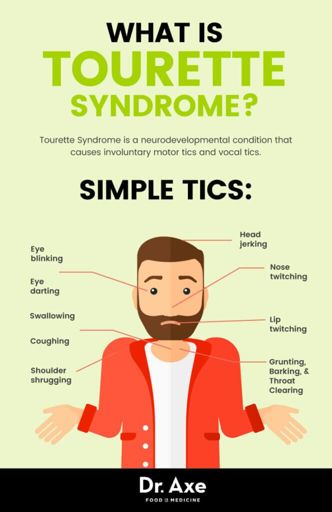

What should I do if I think I have an eating disorder?.What are the symptoms of eating disorders?.What are the common types of eating disorder?.It's important to seek help for eating disorders as early as possible.Anyone can have an eating disorder but it is more common in adolescents and young adults.Eating disorders include binge eating disorder, bulimia nervosa, anorexia nervosa and other specified feeding or eating disorder (OSFED).Eating disorders can have a significant physical and emotional impact on the person affected, and their family.An eating disorder is a serious mental health condition that involves an unhealthy relationship with food.Health Literacy Online: A Guide for Simplifying the User Experience. Department of Health and Human Services, Office of Disease Prevention and Health Promotion. Washington, DC: The National Academies Press. National Academies of Sciences, Engineering, and Medicine. Improving newborn screening laboratory test ordering and result reporting using health information exchange. Reference: Data from the Newborn Screening Coding and Terminology Guide is available here.Reference: MedGen Data Downloads and FTPĭata from the National Library of Medicine's Newborn Screening Coding and Terminology Guide is used to note if a disease is included on Federal or State recommendations for newborn screening testing.


Kohler S, Gargano M, Matentzoglu N, et al., The Human Phenotype Ontology in 2021, Nucleic Acids Research, Volume 49, Issue D1, 8 January 2021, Pages D1207–D1217.ĭata from the National Center for Biotechnology Information's MedGen is used to provide genetic testing information available for a disease. Orphanet is an online database of rare diseases and orphan drugs. Reference: Access aggregated data from Orphanet at Orphadata.Reference: UMLS Vocabulary Standards and Mappings Downloadsĭata from Orphanet and Human Phenotype Ontology (HPO) are used to provide information on a disease's symptoms, genes, inheritance, population estimates, and more.The National Library of Medicine's Unified Medical Language System (UMLS) is used to classify and organize diseases and disease categories. Bone marrow hypocellularity Feeding difficulties in infancy Global developmental delay Growth delay Intellectual disability Thrombocytopenia Abnormal form of the vertebral bodies Anteverted nares Aplasia/Hypoplasia of the earlobes Aplasia/Hypoplasia of the eyebrow Attention deficit hyperactivity disorder Broad columella Broad hallux phalanx Constipation Cryptorchidism Downslanted palpebral fissures Epicanthus Facial asymmetry Finger syndactyly Frontal bossing High forehead Hypertelorism Long hallux Long philtrum Low-set, posteriorly rotated ears Macrocephaly Microcornea Missing ribs Pes planus Premature birth Ptosis Recurrent respiratory infections Short neck Short nose Short stature Short toe Smooth philtrum Strabismus Toe clinodactyly Toe syndactyly Ventricular septal defect Ventriculomegaly Abnormal palate morphology Abnormality of the anus Agenesis of corpus callosum Annular pancreas Aortic valve stenosis Bipolar affective disorder Cataract Cerebral atrophy Coarctation of aorta Duodenal atresia Ectopic anus Ectropion Eczema Eyelid coloboma Hand polydactyly Hip dislocation Hydronephrosis Hypoplastic left heart Inguinal hernia Intestinal malrotation Intrauterine growth retardation Iris coloboma Multicystic kidney dysplasia Pachygyria Pyloric stenosis Schizophrenia Scoliosis Seizure Spina bifida Talipes Trigonocephaly Webbed neck Wide nasal bridge


 0 kommentar(er)
0 kommentar(er)
